I suppose the big anniversary event of the coming new year is the semi-quincentennial of the American Revolution. I’m all for celebrating revolution and secession but spare a good thought for the bicentennial we’ll be celebrating hereabouts in 2026: that of the Morgan Affair, featuring betrayal, a possible murder, an enduring mystery and a political eruption whose ejecta would one day help form the Republican party.
I’m writing this while sitting on the polished granite bench in the Batavia Cemetery dedicated to my late friend and swimming teacher Catherine Roth, grande dame, who waged a righteously “wrothful” battle against the urban renewers who razed and ruined so much of downtown Batavia, New York, in the 1960s and 1970s. (Greatest Generation my ass!)
Through the bare boughs of the towering maples, I espy the cenotaph honoring our town’s most famous drunk, Captain William Morgan, who was no more a captain than Harland Sanders was a colonel. Nor was he the eponym of the sorority-girl rum. Rather, Morgan was an apostate member of the Masonic Order who was – or was he? – kidnapped by Masons, furious that he had revealed their rituals, and drowned in the Niagara River in 1826, thereby setting off a ferocious reaction against “secret societies” and begetting the Anti-Masonic party, the first third party in American political history.
William Morgan was one of those ne’er-do-wells whom Fate or Providence elect to martyrdom. (Or, if the cynical Masons are correct, sham martyrdom of the Jim Morrison-lounged-around-Paris-for-the-next-50-years variety.)
Morgan, a footloose stonemason (ironically), had been initiated into the LeRoy, New York, chapter of the ancient fraternal order in 1825. He moved the following year to nearby Batavia, whose more fastidious Masonic chapter rejected the application of a man they regarded as an indolent blowhard. Plotting revenge, Morgan vowed to expose the inner workings of Masonry. For this the renegade was kidnapped and on September 11 – there’s that date again – he disappeared.
Morgan’s book, Freemasonry Exposed and Explained, described the order’s sadomasochistic-flavored initiation rites (the votive’s naked breast is spiked with the point of a compass) and lurid punishments for vocal apostasy: “To have my throat cut across, my tongue torn out by the roots and my body buried in the rough sands of the sea at low water-mark.” Ouch!
“Like wildfire” doesn’t begin to capture the incendiary public response to Morgan’s alleged murder. Masonry was arraigned as an elitist, possibly Satanic entity bent on subverting the republic. After all, its tentacles reached throughout the ruling class: New York Governor DeWitt Clinton was a Mason, as were numerous Founders, among them George Washington and Ben Franklin.
Within a year, Anti-Masons were being elected to the New York State Assembly. By 1830, the party had sent members to Congress and captured the governorship of Vermont. In my home of rural Genesee County, Anti-Masons held every countywide office from 1827-33. The party’s 1832 presidential candidate, William Wirt, even carried Vermont. (That Wirt was a Mason suggests the complications to come.)
As will happen, the more picturesque and flamboyant Anti-Masons – who were wont to refer to Masonry as “the Beast with seven heads and ten horns” – were displaced by scheming politicos. The party was taken over by the wily political operators Thurlow Weed and William Seward, later leading lights in the Republican party, who essentially purged the Anti-Masonic party of anti-Masonry, replacing the purpose embedded in its very name with a dirigiste agenda of internal improvements and a national bank.
The party did leave us some truly rousing campaign songs. One of my favorites begins, “The Freemen bring the monster/ Before the public place it/ And though it scowl with phiz most foul/ Will Anti-Masons face it.” Another concludes, “Tis Morgan whose blood still proclaims from the ground/ That life is in peril where Masonry’s found.” Talk about demonizing one’s foes! (As historian Lee Benson wrote, understatedly, “Anti-Masons tended not to believe in venial sins.”)
So what did it all mean? American Masonry was decimated, especially in the Northeast, though it would eventually return as an inoffensive civic-minded organization, sponsor of Little League teams and blood drives and the like. William Morgan’s body was never found. Perhaps he slept with the fishes, though to this day Masons insist that he escaped and found refuge in Canada or the Caribbean. His memory lives here, though, embodied in the cenotaph upon which I gaze.
Finally, we can’t forget Morgan’s fetching young wife, Lucinda, who evidently had a thing for notorious Upstate New Yorkers. She later became one of Mormonism founder Joseph Smith’s plural wives. Smith, too, was murdered. That gal was bad, bad luck.
This article was originally published in The Spectator’s November 24, 2025 World edition.



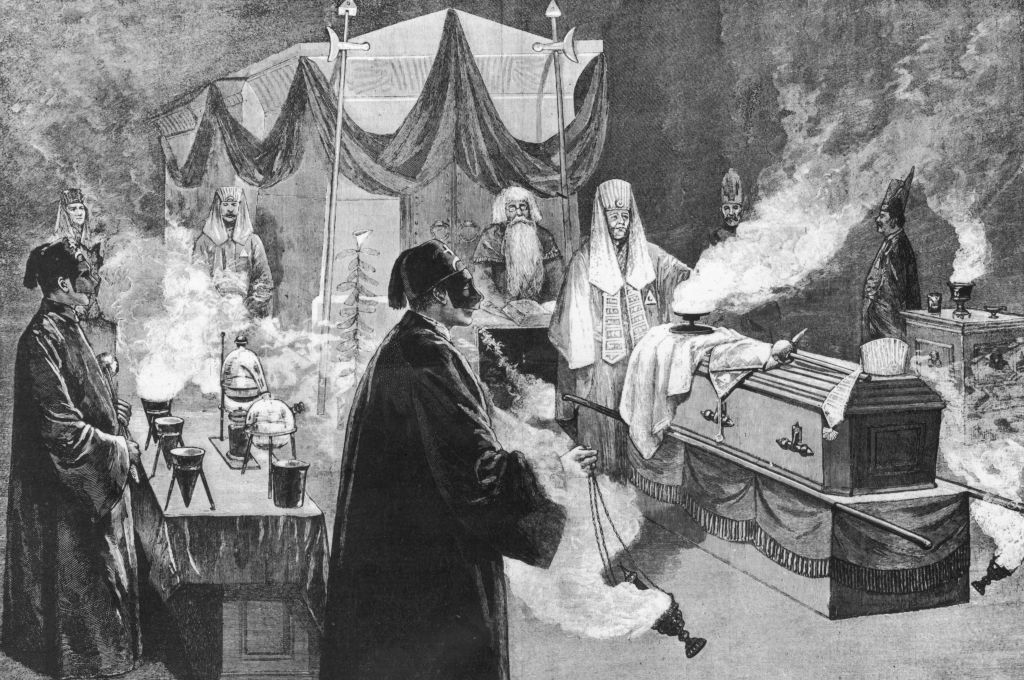






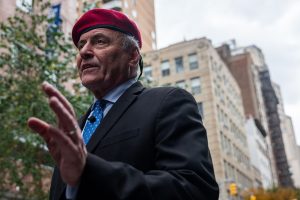
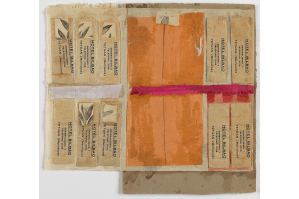
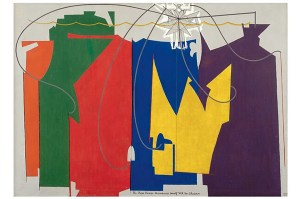



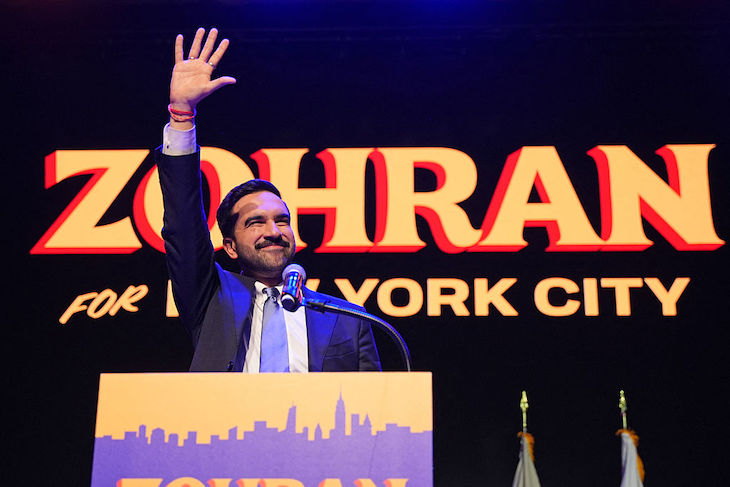









Leave a Reply